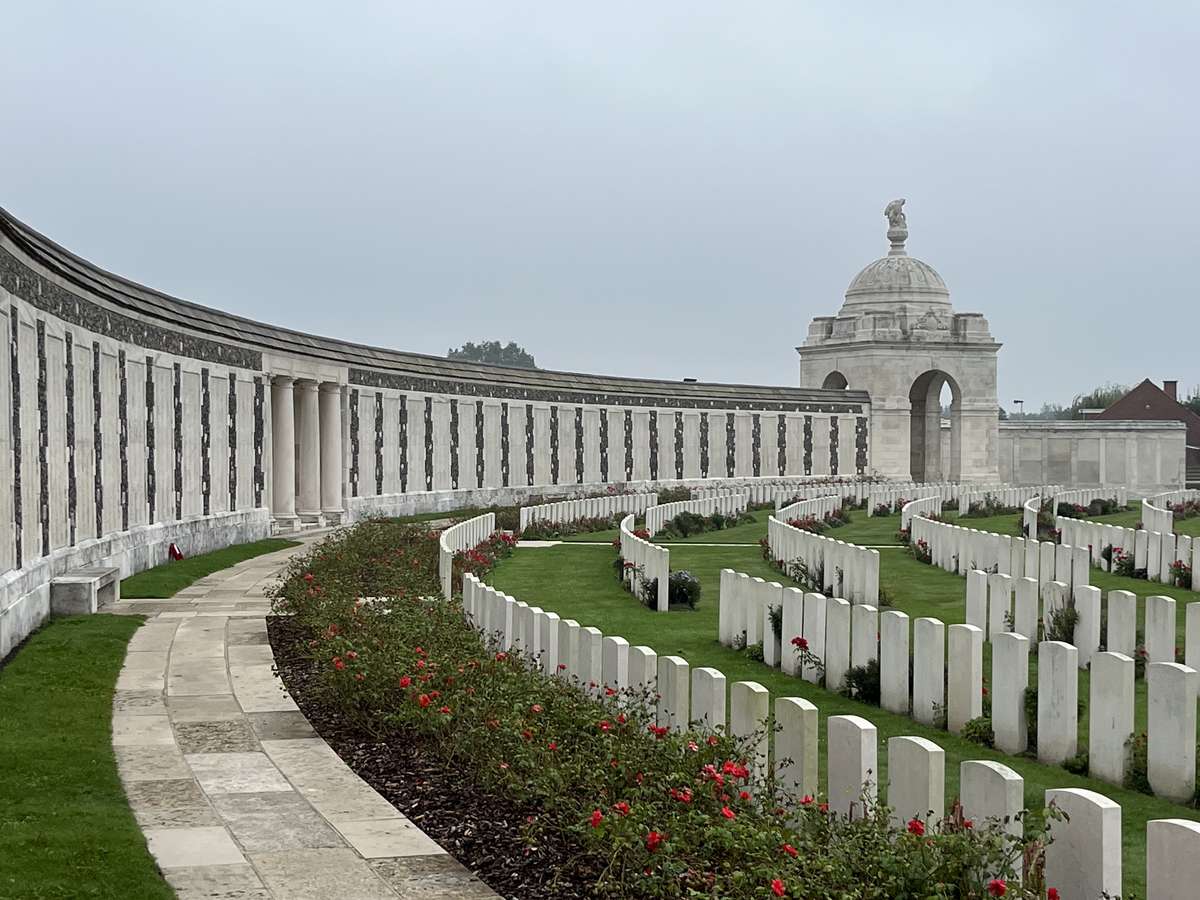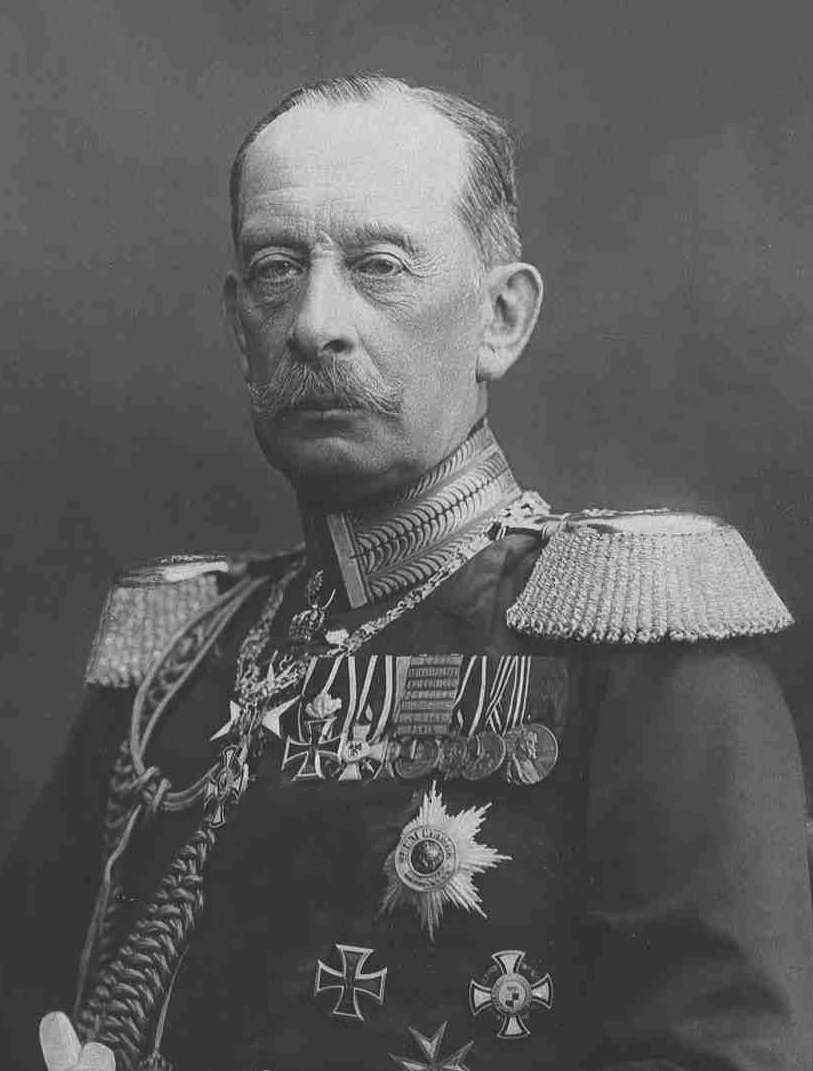
Tales of World War I
As Zoe mentioned in a previous blog, I recently took a trip to France and Belgium to visit a number of World War I memorials, cemeteries and museums. Prior to the trip, I had always been more interested in World War II and, to be honest, only knew the basics about WWI.
The museums we visited really opened my eyes to key events before, during and after WWI. So, rather than starting with a general account of my trip, in this blog, I will provide some background to the events which led up to WWI. Then if there is enough interest, I will write some follow-up blogs.
The museums we visited really opened my eyes to key events before, during and after WWI. So, rather than starting with a general account of my trip, in this blog, I will provide some background to the events which led up to WWI. Then if there is enough interest, I will write some follow-up blogs.

Pre World War I
As the three great European powers of France, Germany and Britain extended and
maintained their global empires and alliances, there were often tensions
between them and an awareness that these countries may clash in Europe. Germany made an alliance with Austro-Hungary, meaning this block of countries in central Europe were extremely powerful.
maintained their global empires and alliances, there were often tensions
between them and an awareness that these countries may clash in Europe. Germany made an alliance with Austro-Hungary, meaning this block of countries in central Europe were extremely powerful.
Both France to the west and Russia to the east were wary of this German led alliance and made a pact, if Russia were attacked by the German central powers then France would come to its defense and vice versa.
A few years later, England joined the French-Russian alliance.
The Schlieffen Plan
More than a decade before the outbreak of WWI the Schlieffen Plan was devised by Germany. It was drawn up by Count Alfred von Schlieffen (pictured below) between 1897 and 1905 following the French and Russian pact, as this meant Germany could end up fighting a war on two fronts. The aim was to avoid a two front war. In order to avoid the heavily defended French/German border, Germany would march its troops though neutral Belgium and the Netherlands and attack France from a less defended position.
The plan presumed little resistance from Belgium and the bold assertion
Germany’s army could defeat the French in less than 45 days, the time it
predicted it would take Russia to mobilise its forces to come to the aid of
France. With France defeated, the Schlieffen plan would allow Germany to focus
on the Russian army to the east.
The plan didn’t anticipate any thing going wrong or taking longer than expected,
nor were any contingencies made.
The plan presumed little resistance from Belgium and the bold assertion
Germany’s army could defeat the French in less than 45 days, the time it
predicted it would take Russia to mobilise its forces to come to the aid of
France. With France defeated, the Schlieffen plan would allow Germany to focus
on the Russian army to the east.
The plan didn’t anticipate any thing going wrong or taking longer than expected,
nor were any contingencies made.

Archduke Franz Ferndinand
Meanwhile, Archduke Franz Ferndinand (pictured below), who was first in line to the Austro-Hungarian throne along with his wife Sophie, were visiting Sarejevo to inspect the armed forces in Bosnia and Herzegovina, which had been annexed by Austo-Hungary in 1908.
Many Serbian nationalists were angry at the annexation of their country and a small group plotted to assassinate the Archduke during his visit. After a failed attempt, during which an explosive device was thrown at the Archdukes motor vehicle but narrowly missed, the convoy decided to visit the hospital where those injured by the failed assassination attempt had been taken.
They took a wrong turn and ended up on the exact street where Gavrilo Princip
was having a drink. Princip was one of the co-conspirators in the earlier assignation attempt. Seizing the opportunity, as Ferdinand’s car passed by, he shot Ferdinand and his wife at close range. Both died within the hour.
Many Serbian nationalists were angry at the annexation of their country and a small group plotted to assassinate the Archduke during his visit. After a failed attempt, during which an explosive device was thrown at the Archdukes motor vehicle but narrowly missed, the convoy decided to visit the hospital where those injured by the failed assassination attempt had been taken.
They took a wrong turn and ended up on the exact street where Gavrilo Princip
was having a drink. Princip was one of the co-conspirators in the earlier assignation attempt. Seizing the opportunity, as Ferdinand’s car passed by, he shot Ferdinand and his wife at close range. Both died within the hour.

Angered by the murder of their heir to the throne, Austro-Hungary sought assurance of Germany in their support of a war against Serbia, knowing it needed powerful backing as Serbia was allied with Russia. Germany gave its support and on July 28th, 1914, Austo-Hungary declared war on Serbia.
Russia in support of Serbia mobilised its forces and in response Germany declared
war on Russia. Russia’s ally France mobilised its forces, which led to Germany declaring war on France. In response, Great Britain declared war on Germany.
Austro-Hungary declared war on Russia. Serbia declared war on Germany. France
and Great Britain declared war on Austro-Hungary.
Russia in support of Serbia mobilised its forces and in response Germany declared
war on Russia. Russia’s ally France mobilised its forces, which led to Germany declaring war on France. In response, Great Britain declared war on Germany.
Austro-Hungary declared war on Russia. Serbia declared war on Germany. France
and Great Britain declared war on Austro-Hungary.
The start of World War I
On August 4th, 1914, German troops crossed the border into Belgium and attacked the city of Liege. Using massive cannons to attack the city, it took until
August 15th for the city to fall. Following this the Germans marched through
Belgium, often suffering losses and held up by Belgium's resistance,
ultimately it was only a matter of time for Belgium to be overcome and the
Germans could begin the invasion of France.
August 15th for the city to fall. Following this the Germans marched through
Belgium, often suffering losses and held up by Belgium's resistance,
ultimately it was only a matter of time for Belgium to be overcome and the
Germans could begin the invasion of France.
The first battle of Marne
French and British Forces confronted the Germans in the first battle of Marne from September 6th - 9th, 1914. They were successful in stopping the advance of the Germans, who had to retreat as far as the River Aisne.
The objective of the Schlieffen plan for a quick and decisive victory over France had failed and both sides started digging trenches in what was to become
The Western Front. A long brutal four year period of trench warfare followed.
The Western Front. A long brutal four year period of trench warfare followed.
We hope you found this brief overview of what led to WWI interesting. I was certainly fascinated by it and many other details garnered over my trip.
Kind regards,
James
Let us know what you think
Would you like to read more blogs about WWI by James on topics such as:
Overview of his recent trip and the places he visited, to serve as inspiration
for your own trip to visit the WWI sites.
Overview of his recent trip and the places he visited, to serve as inspiration
for your own trip to visit the WWI sites.
More stories from the Western Front.
Armistice that ended WWI
The work of the Commonwealth War Graves Commission and the massive job of burying millions of soldiers across France and Belgium and building fitting memorials.
The development and early use of Planes in WWI
The development and early use of Tanks in WWI
The first use of toxic gases in WWI.
Please comment below if any of the above topics are of interest.
 Skip to content
Skip to content


Caspar Robinson
Nice article James, just a couple of points I think it was Franz Ferdinand not Frank and I think we were in alliance with France via the Entente Cordiale in 1904 rather than an Anglo-French & Russian alliance.
Keep them coming.
CJ Quinn
Very interesting. Yes, I would definitely like to read more blogs on WW I by James. Thanks!
Paul Maton
Any history about the two world war I’m in So yes please